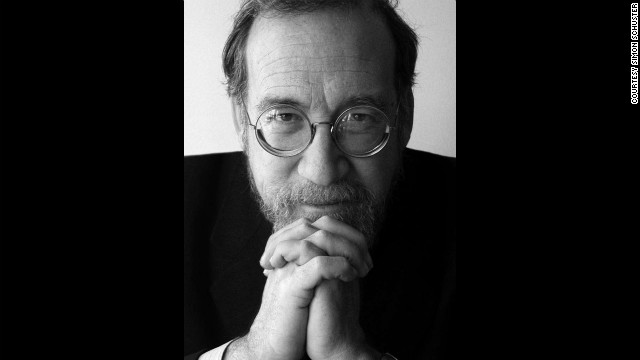- The group was one of the biggest female groups ever
- Patty Andrews sang lead for the trio popular during WWII
- One of their biggest hits was "Boogie Woogie Bugle Boy"
- The Andrews Sisters earned 19 gold records and sold about 100 million singles
Los Angeles (CNN) -- Patty Andrews, the last surviving member of the Andrews Sisters, died at her Northridge, California, home Wednesday, her publicist Alan Eichler said. She was 94.
The Andrews Sisters began singing on Minnesota radio stations in the 1920s, but after several years on the Vaudeville circuit they began a recording career that made them one of the most successful female groups ever.
The sisters performed with "Patty always singing the lead, Maxene the high harmony and LaVerne the low harmony, inventing a unique blend that came from their hearts, since none of the girls could read music," according to the official biography released by Eichler.
One of their biggest hits was "Boogie Woogie Bugle Boy," which became a World War II anthem. The Recording Industry of America Association and the National Endowment for the Arts placed it as the sixth on its "Songs of the Century" list in 2001.
Other major songs included "Bei Mir Bist Du Schon," "Don't Fence Me In," "Apple Blossom Time," "Rum and Coca Cola," and "I Can Dream, Can't I?"
Their family lived in Mound, Minnesota, when Patty was born on February 16, 1918.
Sister LaVerne, who was seven years older, died of cancer in 1967, while Maxene, two years older than Patty, died of a heart attack in 1995.
"They had begun to sing together at home, with LaVerne teaching her younger siblings the 'hot' songs of the day, like the Boswell Sisters rendition of 'Dinah' and 'When I Take My Sugar to Tea,' " the biography said.
Patty Andrews was just 10 when Larry Rich, who saw the sisters sing at the Orpheum Theater in Minneapolis, offered them a spot on his traveling show.
"It was always important to the girls that they were the children of immigrant parents, and when their father's business was wiped out during the Depression, the sisters left school and went out on the road to sing, using their music to support their family as best they could," the biography said.
They later performed in New York with Jack Belasco's orchestra and toured on the Vaudeville circuit with Ted Mack.
Their recording career began in New York in 1937 just as they were "literally at the end of the road" and "stranded in New York City," the biography said.
"Through an arranger they had met on the road, Vic Schoen, they landed one show, for one night only at the Edison Hotel with The Billy Swanson Orchestra, where they sang exactly one verse of one song," the bio said. "As luck would have it, that part of the show was being broadcast on the radio, and the head of Decca Records, Jack Kapp, was getting into a taxi that had the radio tuned to that station. The next day, Lou Levy, who would soon become their manager and later the husband of Maxene, was sent to the Edison Hotel with instructions to find 'those girls.' "
The sisters performed on troop ships, in airplane hangars and at battlefields for the USO during the World War II.
They appeared in 16 films during the 1940s, including "Buck Privates," "In the Navy," and "Hold That Ghost" with Bud Abbott and Lou Costello, "Hollywood Canteen" and "Road to Rio" with Bob Hope and Bing Crosby, as well as in a number of musical films.
The sisters enjoyed a resurgence in the 1950s when they were booked at the Flamingo Hotel in Las Vegas, which led to television appearances and more recording.
The Andrews Sisters earned 19 gold records and sold about 100 million singles.
Obituaries 2013: The lives they've lived

 Baseball Hall of Famer and St. Louis Cardinals great
Baseball Hall of Famer and St. Louis Cardinals great  Baseball Hall of Fame manager
Baseball Hall of Fame manager 



 Director and stuntman
Director and stuntman 
 Character actor
Character actor  Pop-country singer
Pop-country singer